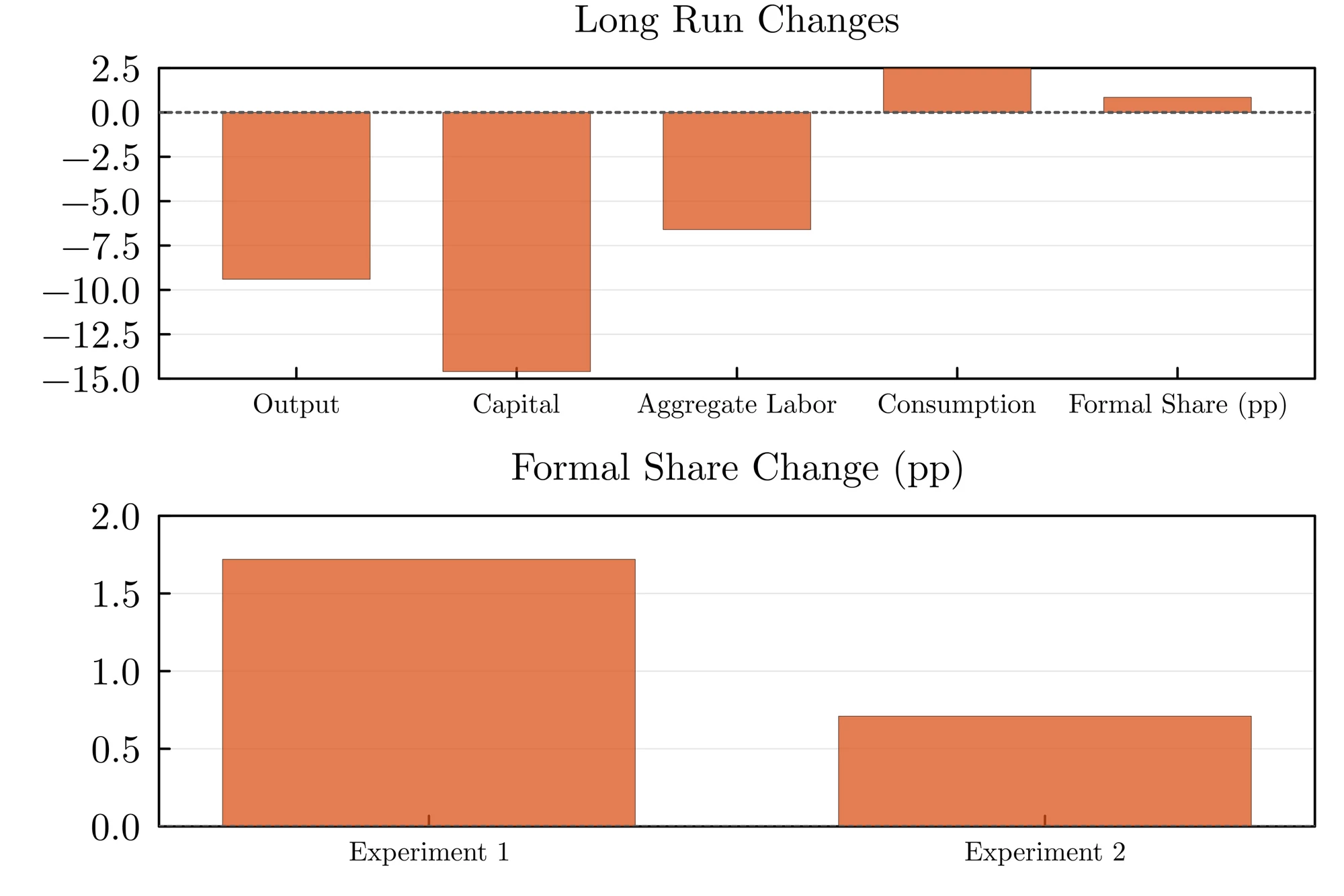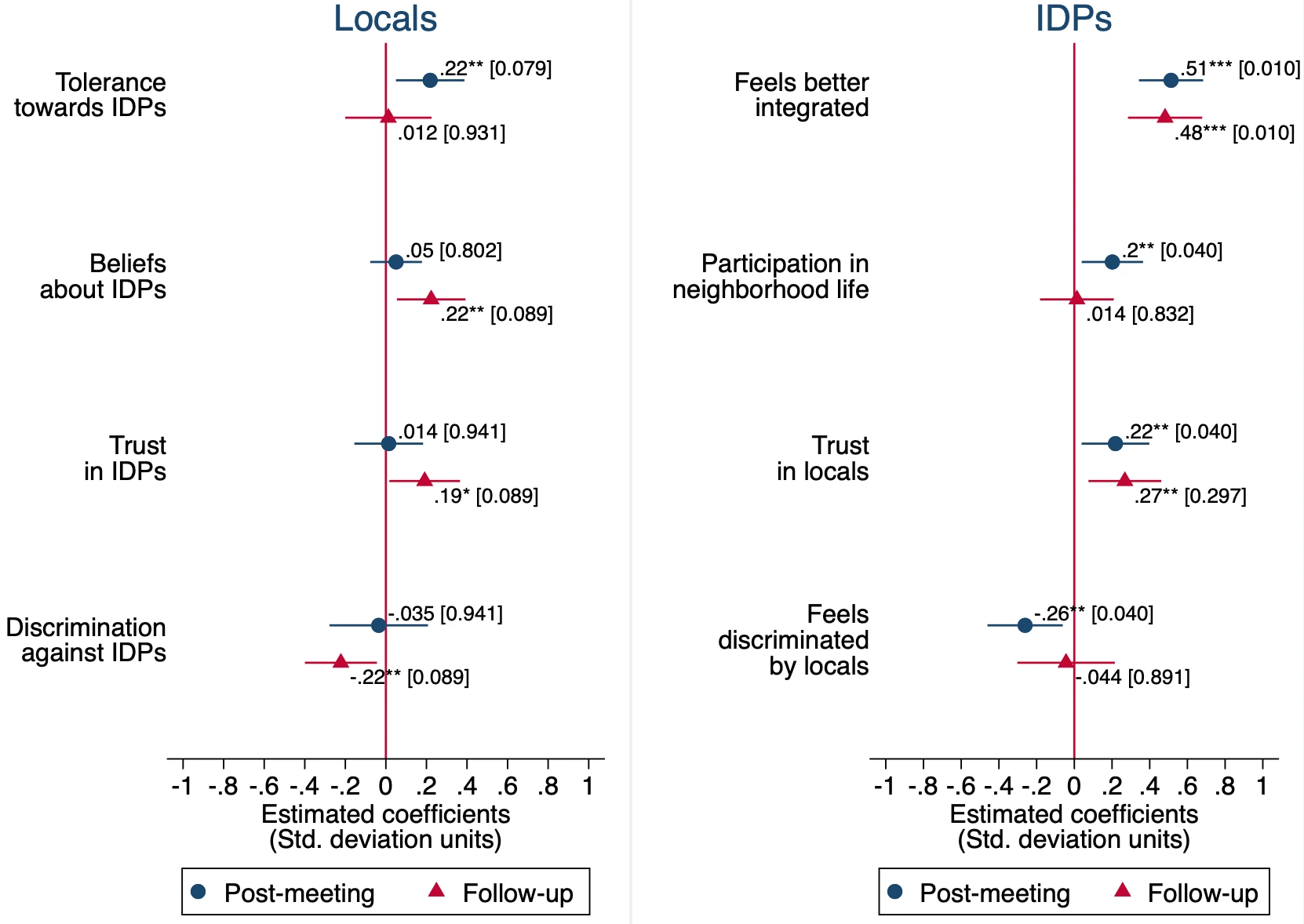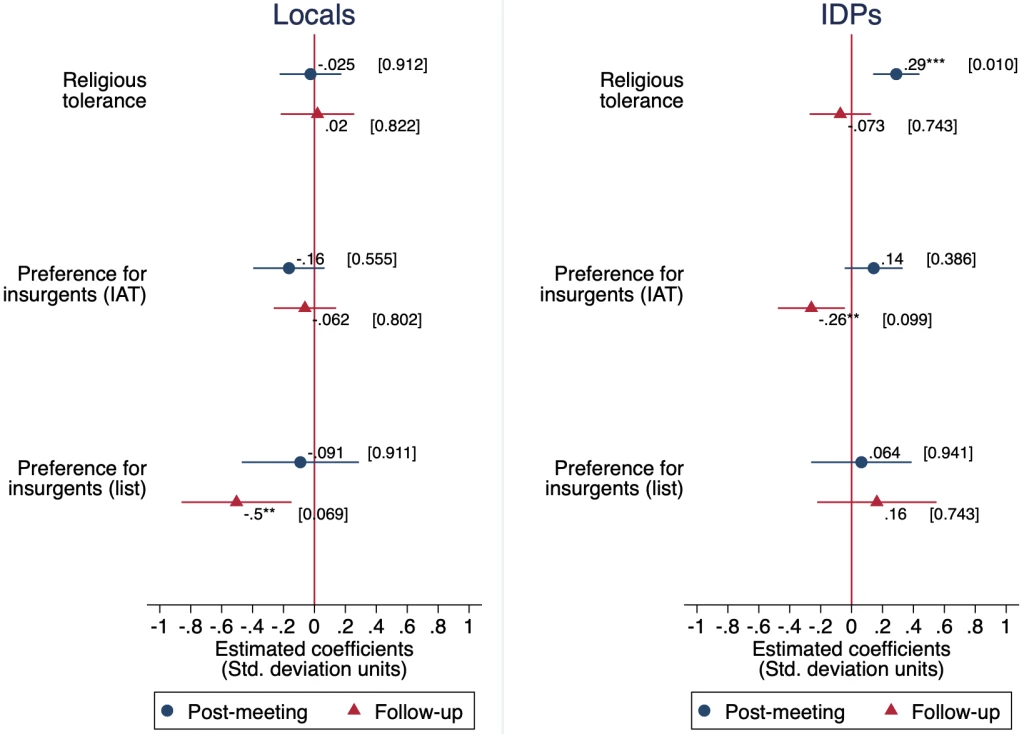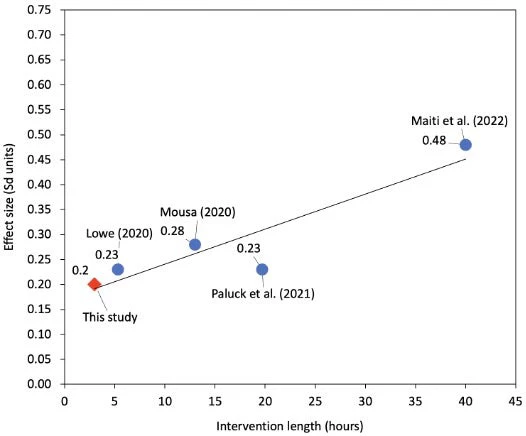Global forced displacement has reached a new maximum, with over 108.4 million individuals currently displaced worldwide, of which 76% find themselves in low- and middle-income countries (UNHCR 2023). This scenario presents substantial challenges for the integration of these individuals into host communities, increasing the demand for effective policy solutions.
Previous research and policies have primarily focused on resource-intensive integration like cash grants, subsidies, and job search assistance. While these have demonstrated to be effective, they require substantial financial resources and central planning. These requirements may not always be accessible to local governments or international partners, especially in contexts marked by scarce resources or low state capacity. Community-based programs may provide an alternative policy strategy, capitalizing on local communities for implementation, demanding less centralized planning and smaller financial investment. Despite their potential, community-based interventions remain scarcely studied.
In my job market paper I address this limitation. I designed and conducted a field experiment that evaluated the impact of a new community-based intergroup dialogue intervention promoting the social integration of displaced individuals into their host communities. I find that structured conversations, under a newly created protocol, can positively shift beliefs and attitudes, fostering mutual understanding and social cohesion.
Intergroup dialogue: a low-cost, community-based solution to socially integrate displaced persons.
I conducted my field experiment in Pemba, the provincial capital of Cabo Delgado, Mozambique, which has been affected by an Islamist insurgency since 2017. The insurgency is being led by Al-Shabaab, a group linked to the Islamic State. The roots of this insurgency are intertwined with secular grievances, including ethnic tensions, governmental inefficiency, and recent findings of natural resources. These issues have been manipulated by radical clerics, fueling a rebellion against the national government. The insurgency has resulted in over one million internally displaced persons (IDPs) – approximately 40% of Cabo Delgado’s population.
The intergroup dialogue intervention involved a program of community meetings based on a new protocol I developed, drawing from the public dialogue framework (Herzig and Chasin 2006), developed by the Public Conversations Project (now Essential Partners). This methodology is designed to create a conducive environment for open dialogue, active listening, and finding common ground.
Community meetings joined local hosts and IDPs in small groups (8-10 participants) for three-hour dialogues (Figure 1). Local hosts and IDPs engaged in conversations about topics pre-specified by Pemba’s community. These topics included the perceptions held by each group, the impact of the IDP influx on local hosts, changes in the lives of IDPs since their displacement, and the differences between life in Pemba and in the IDPs’ original communities. Community meetings also offered IDPs a platform to voluntarily recount their stories of escape from the insurgents. The objective was to increase participants’ awareness of the atrocities committed by the insurgents, and in turn prompt participants to question their beliefs and reduce support for the insurgency.
Figure 1 - Example of community meeting
Overall, in my job market paper I address two main research questions. The first is whether community-based intergroup dialogue effectively integrates displaced individuals into host communities. The second question investigates whether direct contact with victims can reduce preference for insurgents.
The measurement of sensitive topics: discrimination and preference for insurgents
The impact of community meetings was assessed by comparing individuals randomly selected to attend these meetings with those who did not participate in any such activity. The effects were measured immediately (post-meeting, after 2-3 days) and in the medium-term (follow-up, after 2-3 months). One of the primary challenges encountered while designing the field experiment was the measurement of sensitive topics, such as discrimination and preference for insurgents. This sensitivity was heightened due to the ongoing Islamist insurgency in Pemba, paired with the prevalent concern about possible insurgent infiltration among both local hosts and IDPs (potentially including study participants).
Complementing the use of survey questions, list experiments played a crucial role in measuring the discrimination of local hosts toward IDPs and the discrimination perceived by IDPs. This methodology is designed to reduce the influence of social desirability bias in participants’ responses. To gauge preference for insurgents, the field experiment employed a newly designed graphical list experiment and an implicit association test, which measured implicit biases toward Mozambican authorities or the insurgents.
Community meetings generated positive lasting effects on social cohesion.
I first document that shortly after the intergroup dialogue intervention (post-meeting), local hosts became more tolerant toward IDPs staying in their neighborhoods (0.22 SD effect as shown in Figure 2, Panel A). However, this increase in tolerance did not coincide with a rise in positive beliefs, trust, or a decrease in discrimination against IDPs. In the medium-term, no significant improvement on tolerance was observed (arguably due to spillovers to the control group), but the beliefs and attitudes of local hosts improved on multiple dimensions; local hosts held more positive beliefs and trusted more in IDPs (effects of 0.22 and 0.19 SD, respectively), and their discrimination against IDPs diminished (0.22 SD). The pattern of short- and medium-term results suggests that more profound advancements in social integration may take longer to occur.
IDPs experienced a significant short-term increase in their sense of integration into host neighborhoods, trust in local hosts and civic participation, as shown in Figure 2, Panel B (effect sizes of 0.51, 0.22 and 0.2 SD respectively). IDPs’ perception of being discriminated against by local hosts also decreased (0.26 SD). In the medium term, the feelings of integration and trust in locals were sustained, yet civic participation diminished, potentially attributed to the community meetings' not directly focusing on governance changes within the host neighborhoods. The decrease in perceived discrimination was no longer significant, arguably to a loss in statistical power resulting from sample attrition.
Figure 2 – The impact of community meetings on the social integration of local hosts and IDPs
I also document that community meetings improved religious tolerance and decreased preference for insurgents. Local hosts exhibited a significant decrease in their support for insurgents in the medium term (Figure 3, Panel A), as measured by the graphical list experiment (0.5 SD). Similarly, IDPs also demonstrated a decrease in their preference for insurgents (Figure 3, Panel B), according to the results of the implicit association test (0.26 SD). These non-observance of significant short-term effects is aligned with psychological research that underscores the gradual nature of altering deep-rooted radical beliefs (Doosje et al. 2016) . The differing results between locals and IDPs across the two measurement methods indicate that different aspects of beliefs and biases were captured; conscious beliefs for locals and unconscious beliefs for IDPs. Finally, IDPs’ religious tolerance, which captured preference for freedom of religion, improved shortly after the intervention (0.29 SD). These effects depreciated in the medium-term arguably due to spillovers to the control group.
Figure 3 - The impact of community meetings on religious tolerance and preference for insurgents
The impact of community meetings on the beliefs and attitudes of IDPs and hosts toward each other aligns with the existing intergroup contact literature. In Figure 4, I compare the SD per intervention hour of community meetings with other intergroup contact interventions: ethnically and religiously segregated sporting competitions (Lowe 2021, Mousa 2020), vocational training programs (Maiti et al. 2022), or a comprehensive review of the intergroup contact literature (Paluck et al. 2021).
Figure 4 - Comparison between the community meetings and other intergroup contact interventions
Looking ahead, the positive social transformations witnessed in Pemba shows that even brief, well-structured intergroup interactions can be a catalyst for enduring social cohesion. This insight is relevant, indicating that the path to social integration can also be attainable in environments constrained by limited resources and low state capacity, where more complex programs cannot be implemented. This project also pioneers in assessing the efficacy of intergroup contact as a counter-insurgency tool. The results from this study pave the way for future research, highlighting the need for a deeper exploration of specific mechanisms at play.
Henrique Pita Barros is a PhD candidate at Brown University. His main research interest is in Development Economics, with a focus on migration and forced displacement. For more about his research visit: https://www.henriquepitabarros.com






Join the Conversation